|
The events of 1877, as one Nez Perce elder suggests, can be remembered as "our people's painful and tragic encounter with 'Manifest Destiny.'" When the Nez Perce reservation was reduced to one-tenth its original size, even those who refused to sign the 1863 Treaty were evicted from their homeland and moved onto the new reservation. Explore a map of the Flight of 1877Explore all the Flight of 1877 sites that make up Nez Perce National Historical Park on the interactive map below. To learn more information about the site, click 'Learn more' at the bottom of the description. Zoom in to see a site or area more clearly. Roots of ConflictLearn more about the complex events leading up to the Nez Perce Flight of 1877 by following the links below. 
The Treaty Era
The Treaty of 1855 designated a portion of the Nez Perce homeland as a reservation, but the Treaty of 1863 reduced it in size by 90 percent. 
Fort Lapwai History
When war broke out in 1877, the fort became the center of operations for the U.S. Army until the Nez Perce crossed the Bitterroot Mountains. 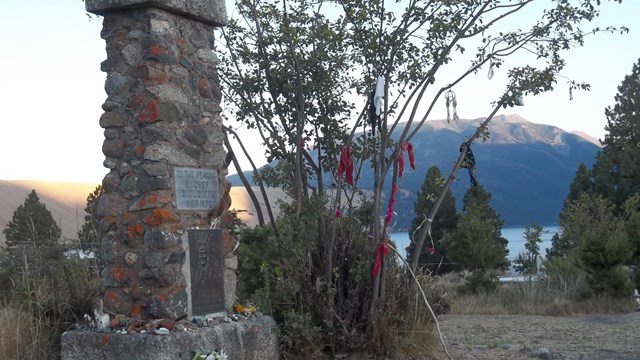
Old Chief Joseph Gravesite History
The remains of Old Chief Joseph, a leader who refused to sell his Wallowa homeland and sign the 1863 Treaty, were reburied here in 1926. 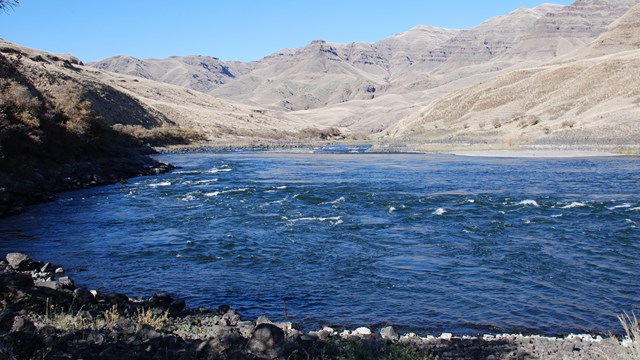
Dug Bar History
While on their way to the new reservation, Chief Joseph's band crossed the Snake River on May 31, 1877 and lost several heads of cattle. 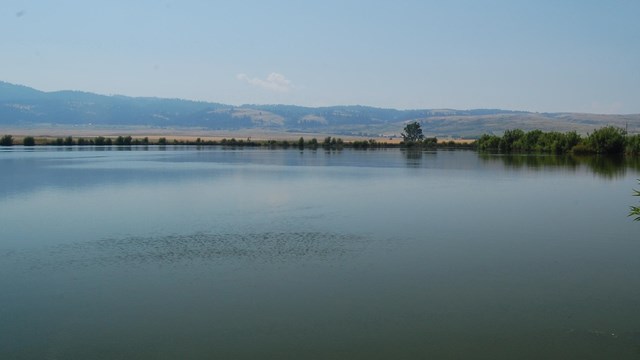
Tolo Lake History
When the non-treaty bands met on June 2, 1877, before moving onto the reservation, three Nez Perce warriors raided homesteads in the area. War Breaks OutEventually war broke out between the non-treaty Nez Perce and the U.S. Army, forcing the non-treaty Nez Perce on a 126-day journey that spanned over 1,170 miles and through four different states. The series of engagements between certain bands of Nez Perce, their allies, and the U.S. Army in the summer of 1877 are events that continue to resonate in the hearts and minds of the Nez Perce to this day. Many of the sites of conflict are protected and preserved by the National Park Service, often in cooperation with land owners and local citizens, and serve as reminders of the sacrifices of those who participated in the flight. 
White Bird Battlefield History
During the first battle of the Nez Perce War on June 17,1877, the Nez Perce defeated the U.S. cavalry and escaped to find safety. 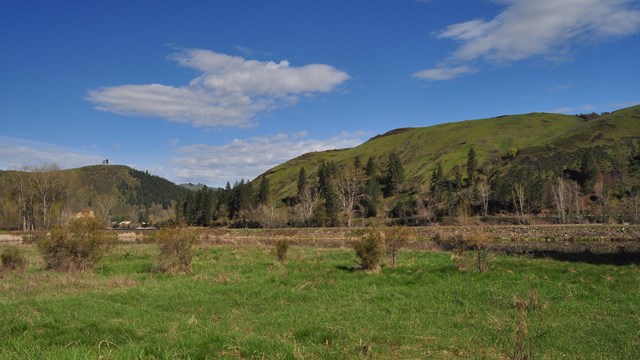
Looking Glass' 1877 Campsite History
The Looking Glass Band joined the non-treaty Nez Perce on July 1, 1877, when their village was attacked by the U.S. Army. 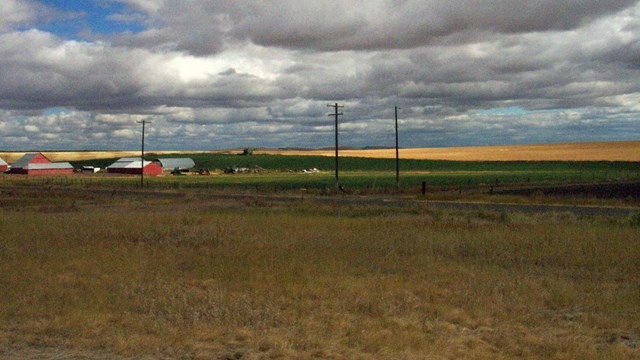
Cottonwood Skirmish Site History
From July 3rd to July 5th of 1877, skirmishes took place between the U.S. Army and the Nez Perce. 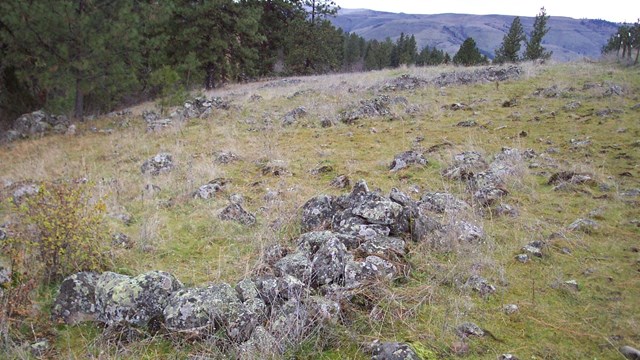
Clearwater Battlefield History
Following a two-day battle from July 11 to July 12 of 1877, the Nez Perce were able to escape from Gen. Oliver O. Howard's surprise attack. 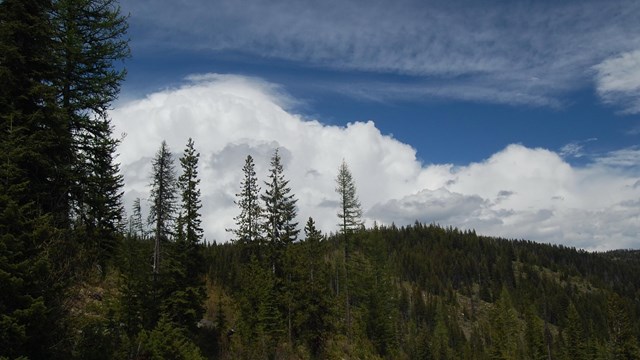
Lolo Trail and Lolo Pass History
Looking for safety in Montana in late July of 1877, the Nez Perce followed the same trail used by Lewis and Clark in 1805 and 1806. 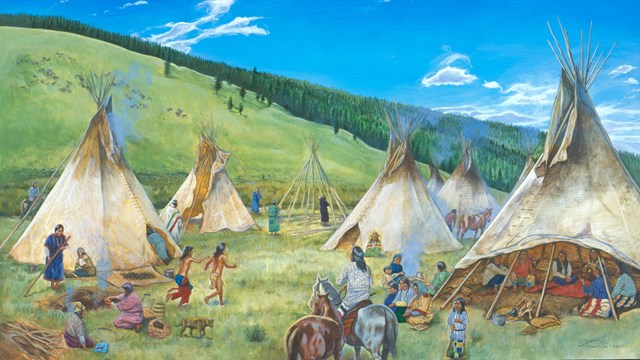
Big Hole National Battlefield History
On the morning of August 9, 1877, U.S. troops surprised the Nez Perce killing 60 to 90 Nez Perce men, women, and children. 
Camas Meadows History
On August 20, 1877, the Nez Perce were able to steal more than 200 of the Army's pack horses and mules, halting the Army's advance. 
The Flight of 1877 through Yellowstone
During the 13 days it took the Nez Perce to cross the nation's first national park, they encountered 25 tourists, some more than once. 
Canyon Creek History
The Nez Perce were able to successfully stop the pursuing cavalry by firing down from the canyon walls on September 13, 1877. 
Bear Paw Battlefield History
From September 30 to October 5, 1877, the final battle of the Flight of 1877 took place just 40 miles south of the Canadian border. 
Nez Perce Flight of 1877 Aftermath
The nimíipuu were separated after Bear Paw battle, with some being sent to Indian Territory in Oklahoma, and others escaping to Canada. Suggested ReadingThe National Park Service has commissioned special studies on particular aspects of 1877. These studies are available below in a digital format.
In addition, the Nez Perce National Historic Trail has an extensive bibliography that is useful for finding resources related to 1877. |
Last updated: August 16, 2023
